Letter: Picking up the ball at the K/Pg boundary: Ancient polyploidies as a spandrel of asexuality
 Roughly 66 million years ago Earth was hit by a huge asteroid, resulting in climate changes that led to mass extinctions, most famously of the non-avian dinosaurs. This catastrophic event, which marks the boundary between the Cretaceous (K) and Paleogene (Pg) periods, also caused widespread mass extinctions in the plant kingdom. Previously, it has been noted that many whole-genome duplications in plants trace to the K/Pg boundary, and a popular selectionist theory is that polyploidization conferred an adaptive advantage under these challenging conditions. Freeling offers an alternative, mutationist hypothesis, that these polyploidizations survived as a byproduct (spandrel) of selection for asexuality: survival of a mass extinction may have depended first on asexuality, and having survived, a polyploid background might then provide an environment of relaxed selection pressure that would support experimentation and absorb massive failure. He concludes by observing the need for a greater understanding of the genetics of asexuality in plants. Plant Cell 10.1105/tpc.16.00836
Roughly 66 million years ago Earth was hit by a huge asteroid, resulting in climate changes that led to mass extinctions, most famously of the non-avian dinosaurs. This catastrophic event, which marks the boundary between the Cretaceous (K) and Paleogene (Pg) periods, also caused widespread mass extinctions in the plant kingdom. Previously, it has been noted that many whole-genome duplications in plants trace to the K/Pg boundary, and a popular selectionist theory is that polyploidization conferred an adaptive advantage under these challenging conditions. Freeling offers an alternative, mutationist hypothesis, that these polyploidizations survived as a byproduct (spandrel) of selection for asexuality: survival of a mass extinction may have depended first on asexuality, and having survived, a polyploid background might then provide an environment of relaxed selection pressure that would support experimentation and absorb massive failure. He concludes by observing the need for a greater understanding of the genetics of asexuality in plants. Plant Cell 10.1105/tpc.16.00836


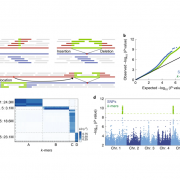
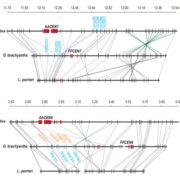
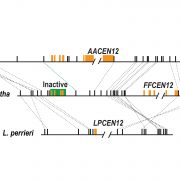
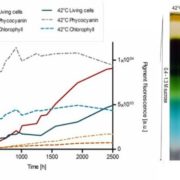
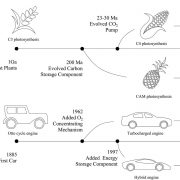
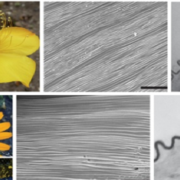


Leave a Reply
Want to join the discussion?Feel free to contribute!